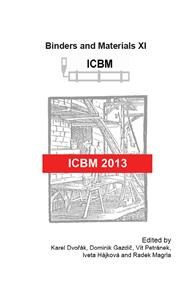p.131
p.135
p.139
p.144
p.149
p.153
p.157
p.161
p.165
The Effect of Concrete Quality on the Acoustic Emission Parameters during Three-Point Bending Fracture Test
Abstract:
Acoustic emission is an experimental tool well suited for monitoring fracture processes. The paper presents experiment focused on analysing acoustic emission signals captured during three-point bending fracture test of specimens of concrete. Quantitative acoustic emission techniques were used to measure micro fracture properties. For three different concrete mixtures typical acoustic emission patterns were identified in the acoustic emission records to further describe the under-the-stress behaviour and failure development. If we have a better understanding of the relationships between micro structural events and macroscopic behaviour we can better formulate predictive models for large-scale structural performance and reliability. An understanding of microstructureperformance relationships is the key to true understanding of material behaviours. Three-point bending fracture tests were conducted on these specimens and load versus crack mouth opening displacement (Load-CMOD) diagrams were recorded during the testing.
Info:
Periodical:
Pages:
149-152
Citation:
Online since:
February 2014
Authors:
Keywords:
Price:
Сopyright:
© 2014 Trans Tech Publications Ltd. All Rights Reserved
Share:
Citation:


